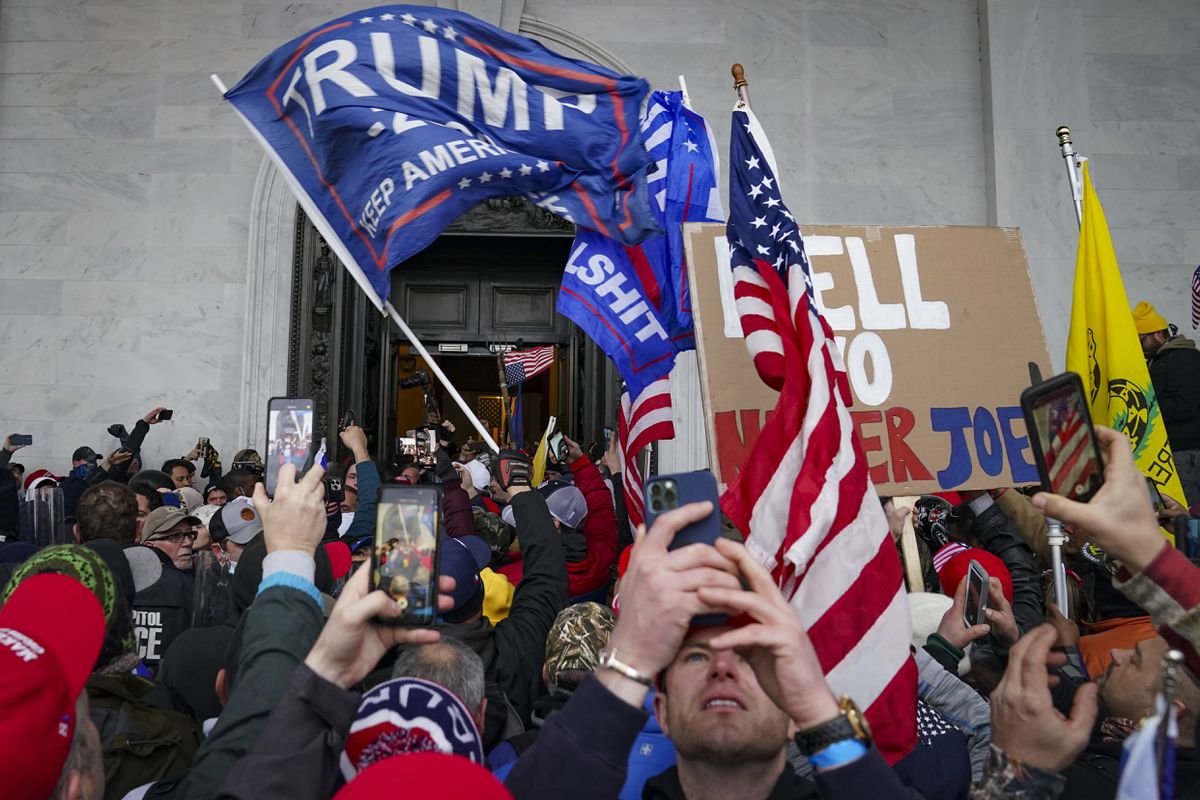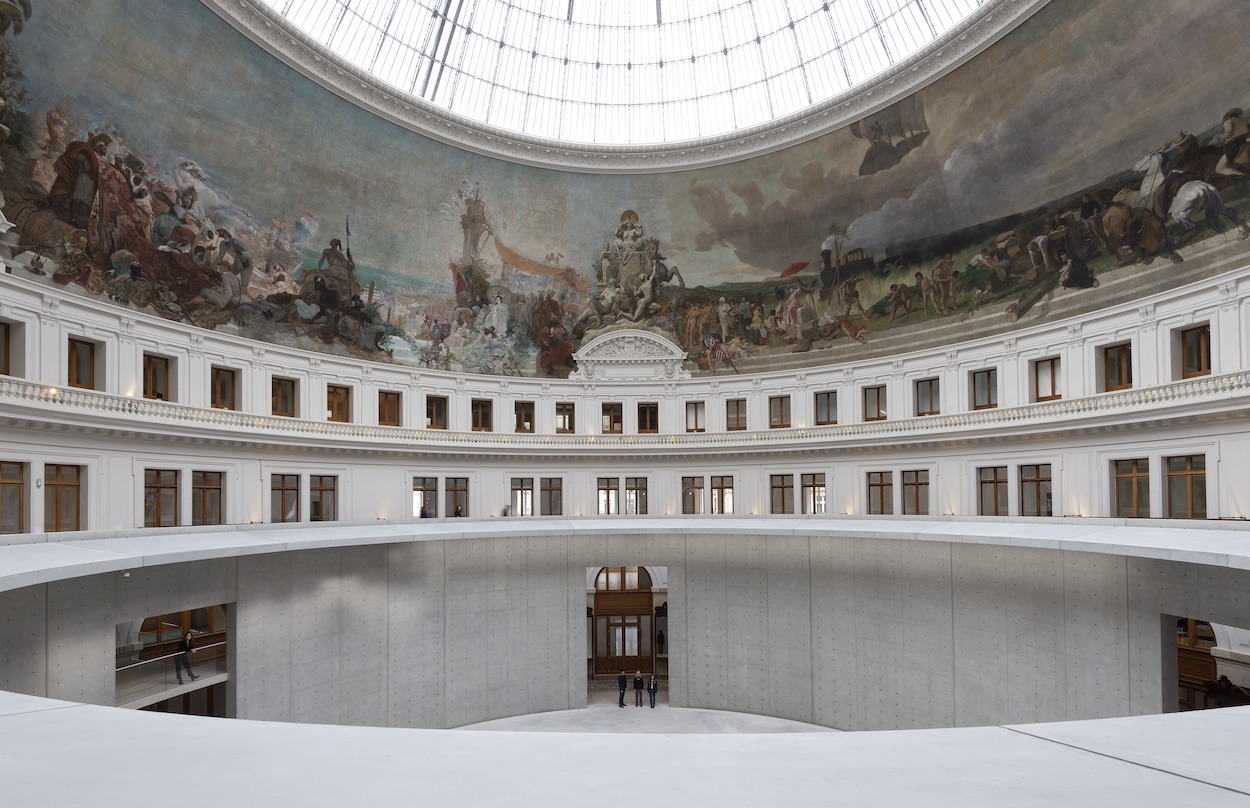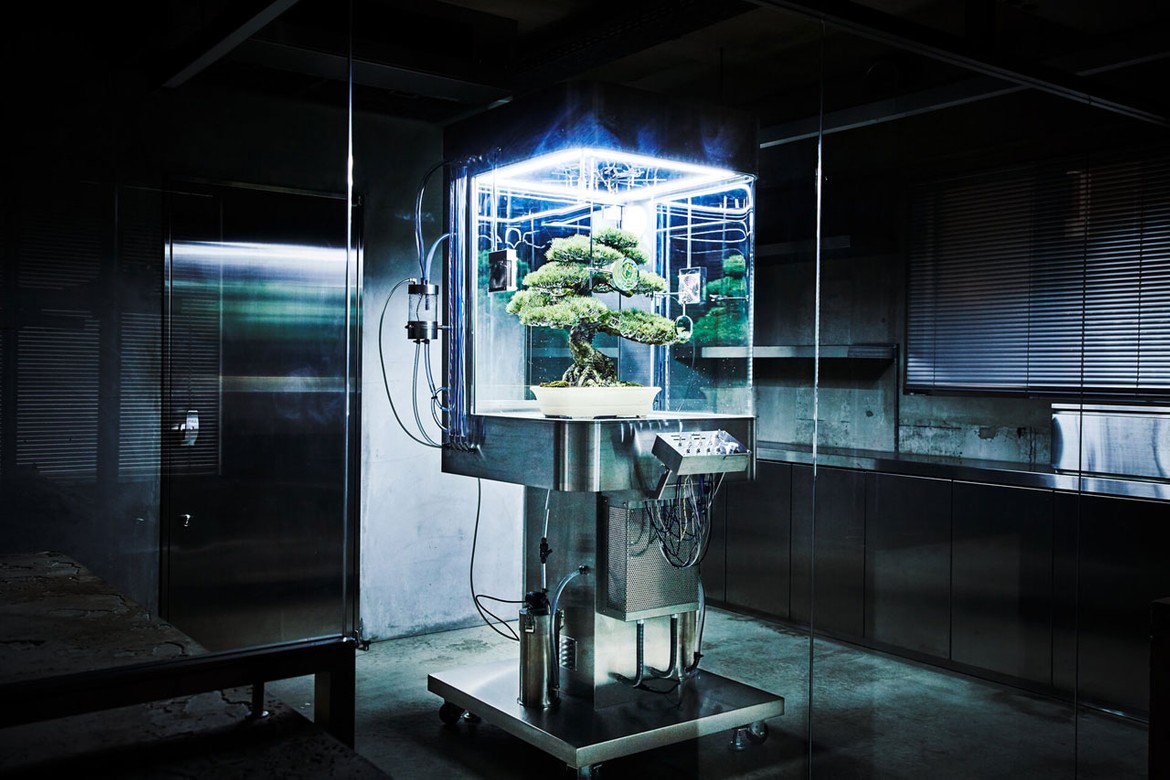The Design Dispatch offers expertly written and essential news from the design world crafted by our dedicated team. Think of it as your cheat sheet for the day in design delivered to your inbox before you’ve had your coffee. Subscribe now.
Have a news story our readers need to see? Submit it here.
The Smithsonian is collecting objects from last week’s Capitol takeover for its collection.
Dozens of objects from last week’s Capitol takeover are heading to the National Museum of American History. The museum, a branch of the Smithsonian Institution, announced that it would begin to archive protest signs, posters, and banners from last week’s pro-Trump rally and mob that stormed through the Capitol. “As an institution, we are committed to understanding how Americans make change,” Anthea M. Hartig, the museum’s director, said in a statement. “This election season has offered remarkable instances of the pain and possibility involved in that process and reckoning with the past and shaping the future.” Museum curators embarked on a similar mission over the summer to collect ephemera from Black Lives Matter protests.
The MTA will retire the MetroCard in favor of OMNY’s contactless payment system.
In 2023, navigating the New York Subway will no longer require a MetroCard. The MTA is making strides toward a contactless payment system by installing 15,000 OMNY readers across the city at 472 stations—as well as 5,800 buses—as part of the rollout’s first phase. This means that commuters can now pay their fares by tapping contactless bank cards, an OMNY card, or smart devices equipped with digital wallets on OMNY readers. “The timing on this milestone could not be better,” Mario Péloquin, MTA Chief Operating Officer, said in a statement. “Contactless payment is the future and thanks to the OMNY team, the MTA will be at the forefront of this trend.” OMNY currently accounts for 10 percent of the system’s taps; the MTA expects that amount to grow considerably over the next year.
Japan battles a third wave of coronavirus, calling the Tokyo Olympics into question.
Tokyo is currently battling a third wave of coronavirus infections, prompting Japan’s prime minister, Yoshihide Suga, to declare a month-long state of emergency in the capital and its three neighboring prefectures. Experts predict that the measures will need to stay in place beyond February to have any positive effect—timing that falls awfully close to the beginning of the 121-day torch relay being held to kick off the 2021 Tokyo Olympics, which were postponed by a year due to the pandemic. Now a high-ranking Olympics official has said that, due to the country’s recent increase in cases, he isn’t certain the Games will proceed this summer. “I can’t be certain because the ongoing elephant in the room would be the surges in the virus,” Dick Pound, a senior member of the International Olympic Committee (IOC), told the BBC. Concern over visiting athletes, fans, and officials sparking another outbreak has also turned public opinion against the games—a recent poll found that 63 percent of Japanese people support another delay—though IOC president Thomas Bach agreed that delaying the games a second time wouldn’t be possible.


